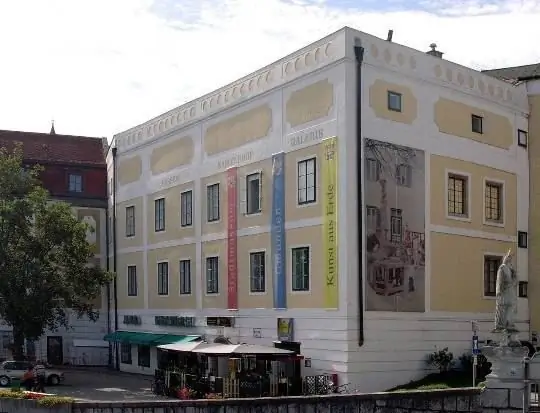
Description of the attraction
The City Museum of Gmunden is housed in an old house from 1450, called Kammerhof. Subsequently, this was the name of the museum complex itself. Previously, this building served as a warehouse for salt, the extraction of which was the main source of income for the townspeople. Now there is a huge scientific center and five museums.
The exhibitions are arranged in chronological order, so the first gallery is dedicated to ancient fossils and various archaeological finds dating back to the Bronze Age and antiquity. Of particular note are the ceramics dating back to the 3rd century AD. Subsequently, Gmunden will become known precisely as a major center of pottery.
The second section is devoted to the history of Gmunden, which received city privileges only in 1278. It tells about the process of transformation of the so-called "imperial capital" of salt production into a fashionable resort, which happened already in the middle of the 19th century. And an additional small gallery is reserved for portraits of representatives of the royal dynasty of the Habsburgs, who have repeatedly stayed in this city.
The third exhibition presents objects of religious art and church utensils that came here from city churches and temples. The carved wooden sculptures made by the local Baroque master Thomas Schwanthaler stand out here, as well as the collection of Christmas decorations - nativity scenes that are especially popular in the city.
The fourth section is devoted to art, especially contemporary art, and ceramics, which are a kind of "calling card" of Gmunden. However, the most interesting collection is in the fifth museum, which moved to Kammerhof quite recently - in 2008. This exhibition focuses on the history of sanitary facilities - washbasins, toilets and bidets - dating back to the 16th century. One of the most unique exhibits on display here is the toilet that belonged to Empress Elizabeth, known as Sisi.






